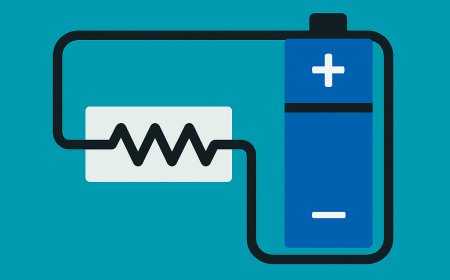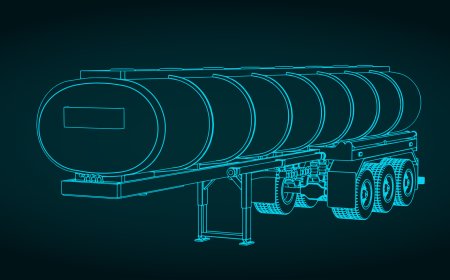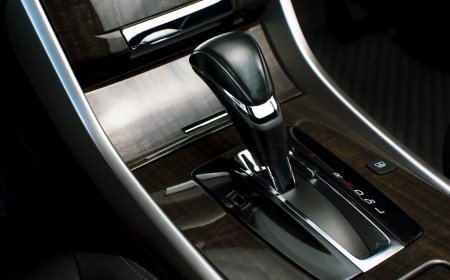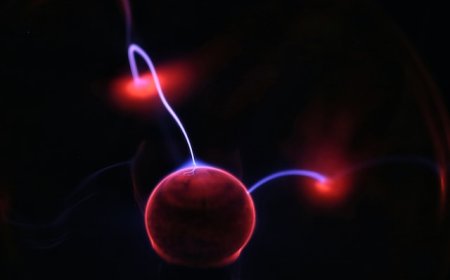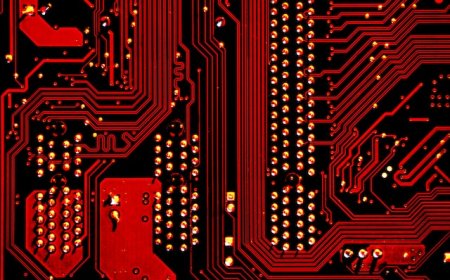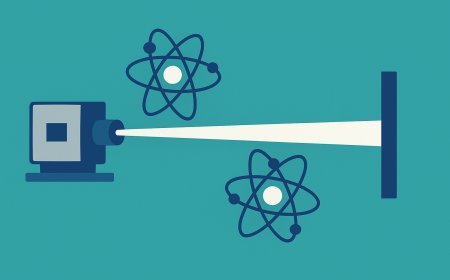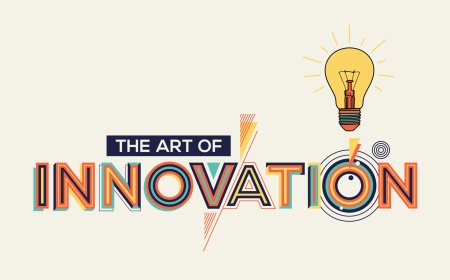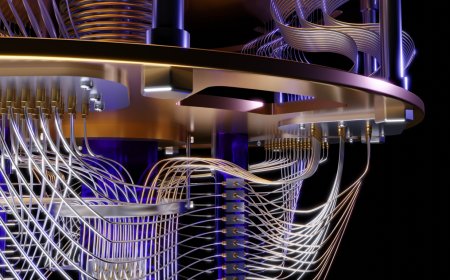Electric Cars Explained: Batteries, Motors and Regenerative Braking Driving the Future of Transportation
Explore the science behind electric cars, from the chemistry of batteries to the engineering of electric motors and regenerative braking. Learn how these technologies work together to deliver efficient, sustainable transportation and what challenges and innovations lie ahead.
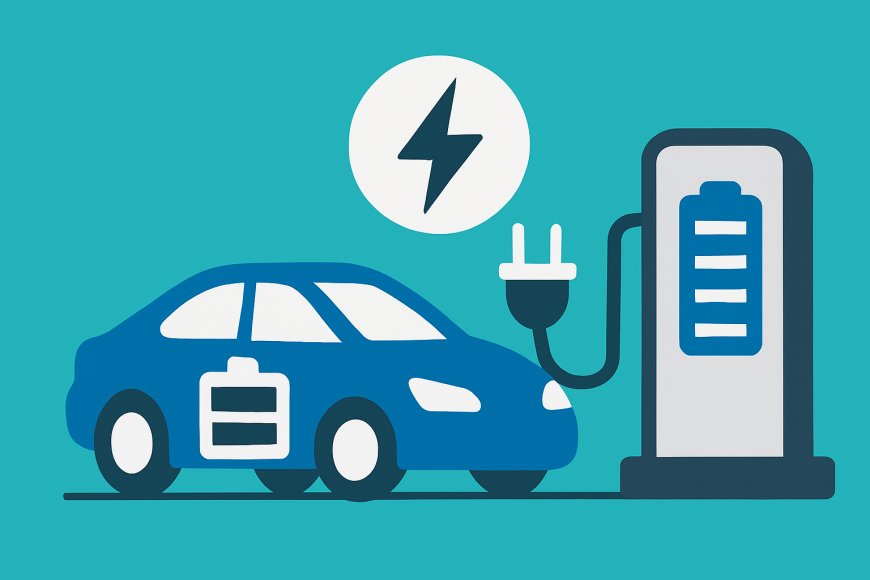
Electric cars (EVs) operate on a fundamentally different principle than gasoline-powered vehicles, relying on a system of batteries, motors, and power electronics to convert stored energy into motion. This design eliminates tailpipe emissions and significantly increases energy efficiency.
Core Components of an Electric Vehicle
At the heart of an EV is a lithium-ion battery pack, which stores energy. These batteries use lithium ions that move between a graphite anode and a cathode (made of materials like lithium nickel manganese cobalt oxide) to store and release energy. This chemistry provides a high energy density, allowing for a long driving range. A battery management system constantly monitors the cells for safety and to optimize performance.
The electric motor converts the battery's electrical energy into mechanical motion with high efficiency. Most EVs use either a permanent-magnet or induction motor.
These motors operate on the principle of electromagnetic induction, where a rotating magnetic field in the stator interacts with the rotor, causing it to spin. This design provides instant torque and requires fewer moving parts than a gasoline engine.
Between the battery and the motor, an inverter and power electronics manage the flow of electricity. Since the battery stores energy as direct current (DC) and the motor requires alternating current (AC), the inverter converts the DC voltage into an AC waveform. By adjusting the frequency and amplitude of this waveform, the inverter controls the motor's speed and torque.
Enhancing Efficiency Through Innovation
One of the most innovative features of EVs is regenerative braking. Instead of converting kinetic energy into waste heat through friction, an EV uses its motor in reverse as a generator. When the driver lifts their foot off the accelerator or brakes, the motor sends electrons back into the battery, recovering up to 30% of the energy that would otherwise be lost.
The charging process also plays a crucial role in the EV ecosystem. Level 1 charging uses a standard 120-volt outlet for slow, overnight charging. Level 2 stations use 240 volts for faster charging, while DC fast chargers use high voltage and current to rapidly replenish the battery by bypassing the car's onboard charger.
The range and performance of an EV are influenced by many factors beyond just battery size, including driving style, temperature, and vehicle design. Manufacturers are continuously improving battery technology and thermal management to mitigate these effects.
Environmental Impact and Future Outlook
From an environmental standpoint, EVs offer significant benefits. They produce zero tailpipe emissions, improving air quality and reducing noise pollution. While electricity production may still rely on fossil fuels, EVs are so efficient that their overall greenhouse gas emissions per kilometer are typically lower than those of gasoline cars.
However, the production of batteries requires minerals like lithium and cobalt, which have environmental and social impacts. To address this, researchers are developing new battery chemistries and advanced recycling methods.
Looking to the future, the EV industry is set to expand rapidly. Governments and automakers are investing in charging infrastructure, and emerging technologies like vehicle-to-grid systems and wireless charging will further enhance the convenience and utility of electric cars. These innovations, combined with advances in battery technology, will continue to drive the transition toward a cleaner and more sustainable transportation system.
What's Your Reaction?













